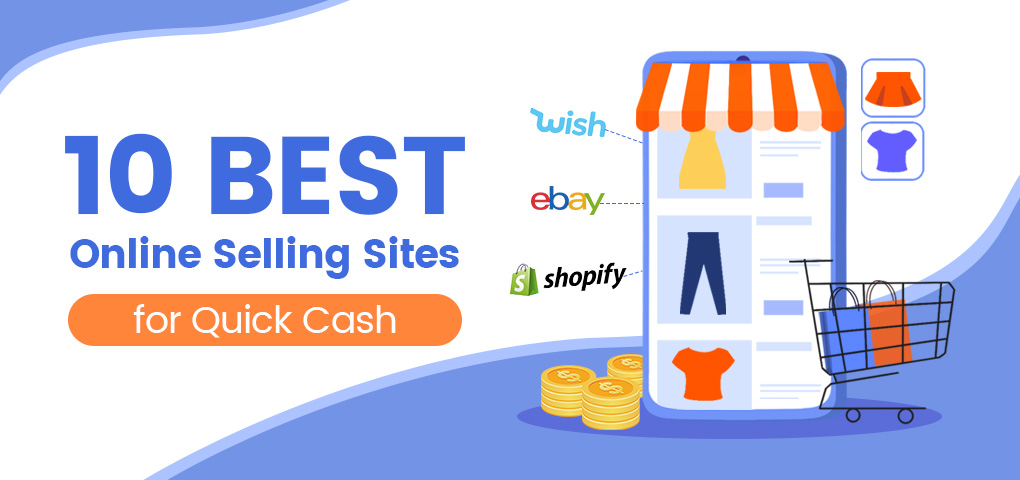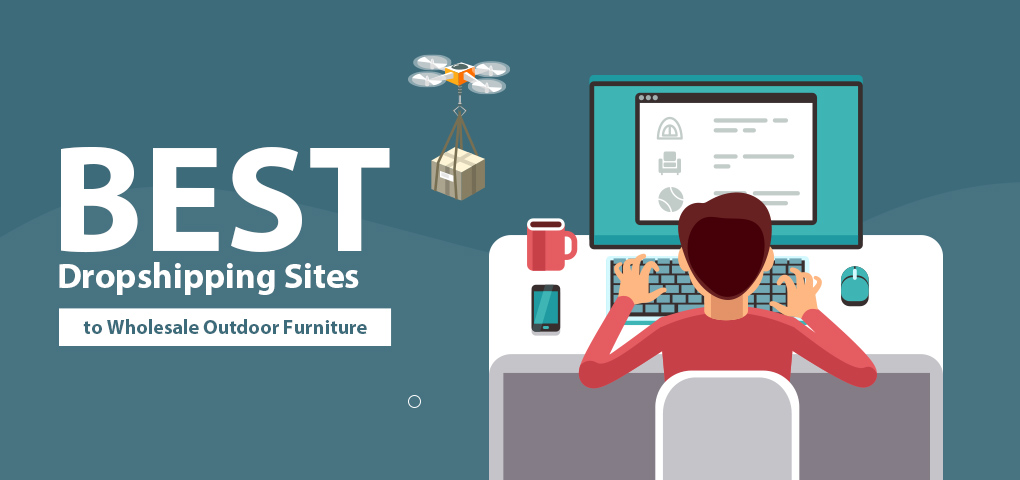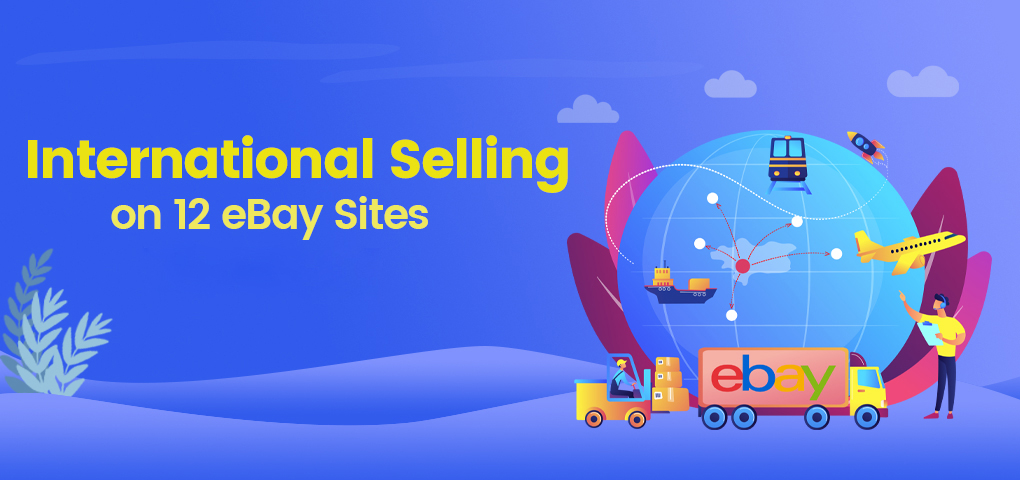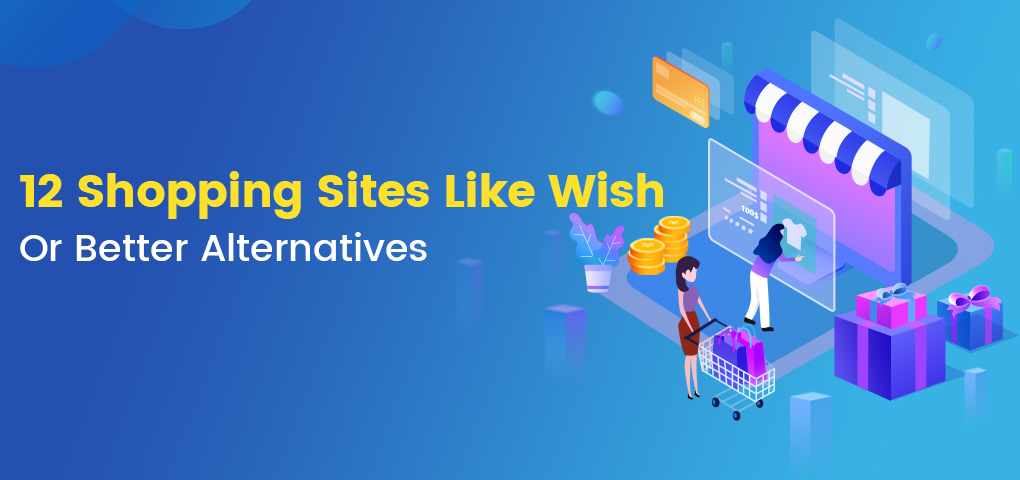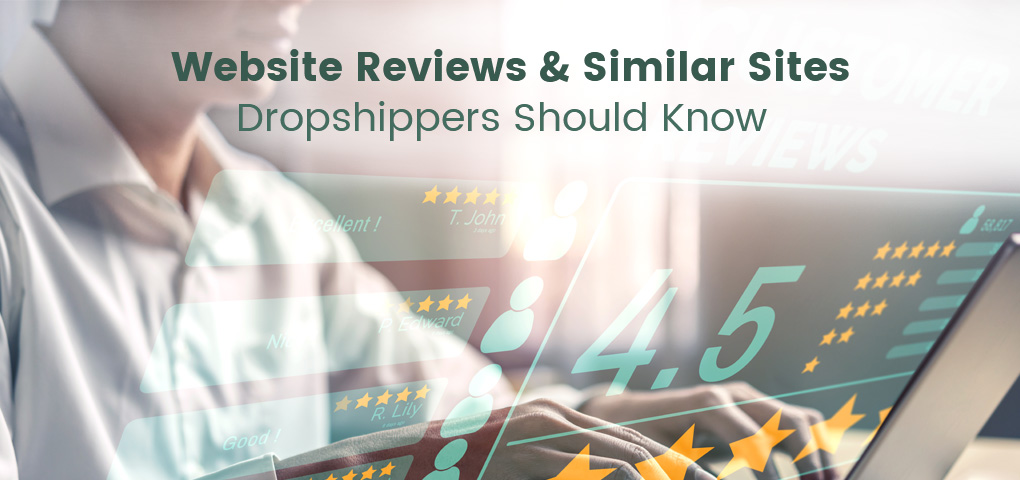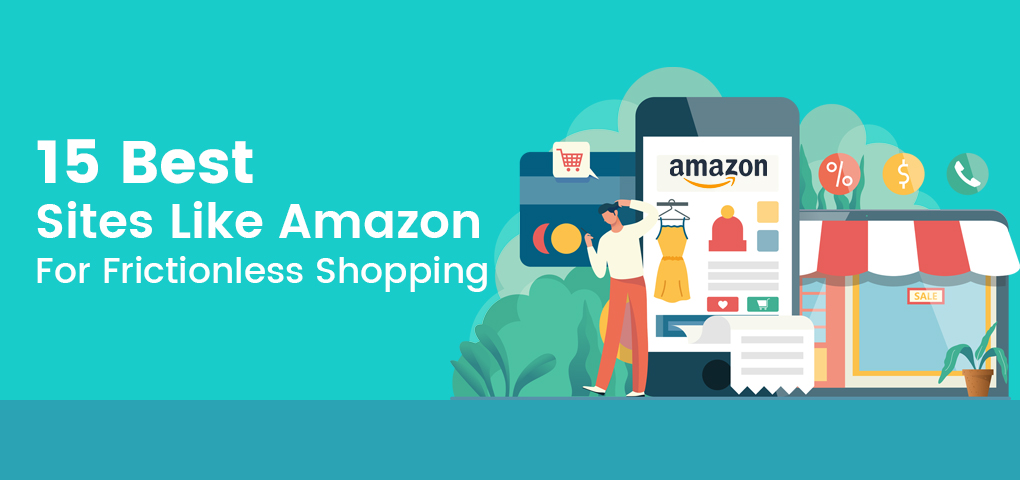The internet has given retailers the luxury of reaching out to a wider audience. Now, you can sell anything online to make extra money. Whether you are selling clothes, gadgets, musical instruments, car components, groceries, or anything else, determining the right eCommerce marketplace to sell your stuff is crucial. When it comes to the best online selling sites Amazon and eBay come to mind. However, there are other best online selling sites for making quick cash. In this article, we shall outline the ten best online selling sites for beginners.
Statistics show that online marketplaces make up 62 percent of global online retail sales with the top 100 online marketplaces recording gross merchandise sales of $2.67 trillion [i.e. 95 percent of global marketplace sales]. So if you have a product in mind and want to make extra money, there are a handful of free online selling sites to sell your stuff. Some are free while others charge low/high fees. Some online sites are ideal to gain massive traffic, others are ideal to boost sales, some are ideal to sell household items, some are ideal for selling DIY stuff. Your choice hugely depends on your goal.
Top 10 Online Selling Sites
Whether you are trying to maximize your profit or increase your website traffic, you need clarity on what kind of marketplace you need to begin with. In this guide, we have rounded up the top online selling sites along with their pros and cons.
Amazon is a popular online marketplace where you can sell a lot of items. Boasting over 311 million active customer accounts, the Amazon marketplace guarantees increased sales with minimal marketing efforts for any seller. Amazon supports selling in over 30 product categories which gives sellers a wide range of choices when it comes to product selection. Thanks to FBA [Fulfillment by Amazon], Amazon is renowned as the best eCommerce platform in terms of packing, shipping, and dealing with returns. Though Amazon is a globally recognized online marketplace, using the platform isn’t free. From fees on items sold to the monthly subscription fee, Amazon charges several kinds of fees. For the Individual plan, you will have to pay $0.99 for listing each item, less than 40. The Professional selling plan costs a $39.99 monthly subscription fee but allows you to sell over 40 items monthly and you don't have to pay $0.99.
Pros: large and active customer base to maximize profit; fast delivery; easy to begin with.
Cons: the free plan is restricted to a few items; a high monthly subscription fee can discourage beginners;
-
Rakuten
Rakuten is the Japanese largest online marketplace boasting millions of active customers. The platform comprises around 45, 000 sellers selling in over 10 categories. Using Rakuten, retailers can reach out to customers in 30 different countries. Rakuten’s personalization features can help anyone build any type of storefront to reflect the business’ brand image. It also has an email marketing tool [R-mail] that allows sellers to retarget previous buyers effectively.
Pros: storefront personalization made easy; impressive email marketing tool for retargeting previous buyers; gives you access to a dedicated eCommerce consultant.
Cons: high competition.
-
Gumtree
Gumtree is more like a classified ads website where private sellers post cars, jobs, properties, furniture, camping equipment, garden projects, televisions, and other products or services. This UK platform has sold millions of products from thousands of brands listed by hundreds of retailers.
Pros: no listing fees; ideal to sell bulky items.
Cons: low response rate.
eBay is a globally recognized auction site where a wide range of goods is sold hourly. Being one of the oldest online marketplaces, eBay boasts millions of active buyers which makes it lock horns with Amazon. However, selling on eBay will require you to pay $0.3 per listing over 50 items per month. Also, depending on the product category, eBay will charge around 10% of the final sale price of each item sold, which excludes taxes but includes shipping costs.
Pros: increases selling potential; the massive audience can increase your online presence.
Cons: listing fee; high competition.
-
Bonanza
Similar to eBay and Amazon, Bonanza sells a wide variety of products. It is the ideal marketplace for those trying to sell electronics, clothing, shoes, and a lot of other stuff at low pricing. However, Bonanza charges $0.5 for listing each item, 3.5% charge on your first $500, and 1.5% charge after selling over $500.
Pros: offering to advertise your listing but in exchange for a higher % fee.
Cons: listing fee is high for beginners.
AliExpress is China’s largest online marketplace with over 200 million global monthly visitors and 150 million active users. This allows your business the opportunity to reach out to a multitude of buyers all over the world plus you can sell a wide variety of items here. While AliExpress is free to get started, its commission charges range from 5% to 8% depending on the category.
Pros: fast payment system; large customer base; free to get started.
Cons: slow shipping time; not good at handling returns.
-
Poshmark
Based in the United States of America, Poshmark is a renowned online marketplace for selling used clothing [dresses, shirts, jeans, etc.] from various brands. The platform offers a lot of benefits from free listing to easy shipping but at a price, and it uses the commission fees for advertisement purposes to attract more customers.
Pros: no listing fees; massive customer base; offers advertising benefits.
Cons: high shipping fee.
-
Ruby Lane
As one of the best online sites to sell items, Ruby Lane is home to fine art, jewelry, antiques, vintage fashion, vintage collectibles, and vintage fashion. It is the world's largest curated marketplace in this aspect.
Pros: good reputation; seller fees and commission fees are much lower than other older online marketplaces; potential traffic waiting for you.
Cons: $54 monthly maintenance fee.
Etsy is a globally recognized online marketplace for selling vintage items or locally made arts & crafts. If you are interested in turning your handmade goods into money, then Etsy is the place to be.
Pros: very good at handling returns; easy to set up and maintain; ideal for SEO.
Cons: difficult to ignore the fee; limited branding opportunities.
-
Facebook Marketplace
We all know Facebook as a popular social media platform. But how well do you know Facebook Marketplace? Facebook Marketplace is a platform that is dedicated to buying and selling anything. Anyone can sell anything for free, whether it’s new or used. Whether you want to sell clothes, bags, shoes, gadgets, or anything else, Facebook Marketplace is ideal especially if you are a local seller. The fun part is that using Facebook Marketplace is completely free. No listing fees, no membership fee, no monthly subscription fee.
Pros: Free and easy to use; no listing fees; massive audience.
Cons: Facebook has no control over what people sell or who sell – this leaves room for time wasters and scammers.
Bonus Tip: Try Dropshipping Business Model
While traditional eCommerce requires that you own an inventory and rent a warehouse, there is a less demanding and cost-effective way of selling online. It is called dropshipping. Dropshipping is simply an order fulfillment method that doesn’t require a business to open a brick-and-mortar store, keep products in stock, and pay overhead. Instead, you open an online store, look for trustworthy suppliers who already have the products you intend to sell, look for buyers, and then transfer the sales order to your supplier, who then ships the order to the customer from his warehouse space. The challenge, especially for beginners, would be finding the right dropshipping supplier for your online storefront. We are aware of the many dropship suppliers that are parading online; however, most of them are not what they claim to be. For beginners, we recommend using the SaleYee platform for the following reasons:
- saleyee.com is a leading dropship wholesale supplier based in China
- They are dedicated to making dropshipping very easy especially for beginners
- On the SaleYee platform, you will find over 30,000+ profitable SKUs – a wide range of products to choose from
- With around 630,000 sq.m. local warehouses in China and the United States of America, saleyee.com offers free and fast shipping to shoppers from all over the world
- When it comes to offering customer support, SaleYee excels. Thanks to the dedicated support team, inquiries are responsive
- While you pay for membership or product listing on the best online selling sites, using the SaleYee platform is completely free
- Plus, you will enjoy huge discounts on most products, especially during seasonal sales
- Enjoy up to a 3-month after-sales period
Conclusion
Now that we have listed these local online selling sites, it is left for you to map out some strategies that can help you achieve the desired success while selling online. Mind you, acquiring knowledge isn’t all there is but applying what you’ve learned makes the difference. To your success online!

